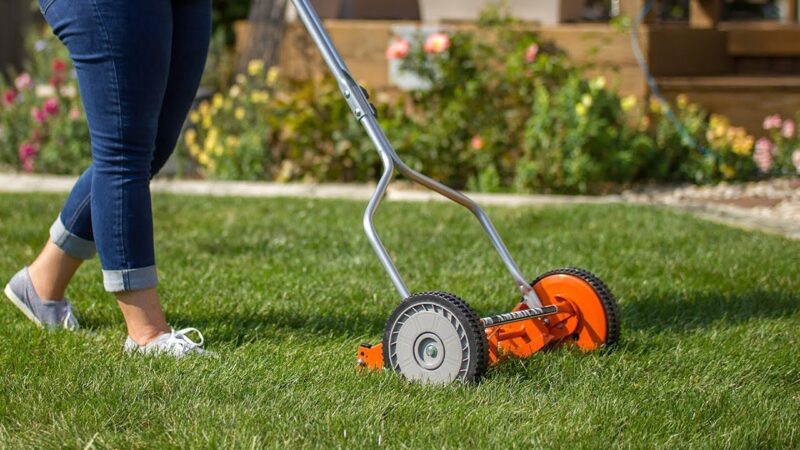How to Grow and Care for Daylily Flower

When it comes to gardening, it might be difficult for some to choose which one is their favorite. But, most of the time, gardeners do not hesitate to tag Daylilies as their favorite one. The Daylilies are considered to be a very carefree plant. They are the most preferred flowering perennial. One of their amazing qualities is that these Daylilies proliferate, and not only this, they also lead a long life. They catch the eye with their gorgeous colored flowers, which are big enough to look appealing. The bigger the plant is, the faster it grows and starts giving out its enticing flowers.
Preferred Season

The best time to introduce Daylilies to your garden is during the early fall. Even growing during early spring suits them when the temperature of the soils remain moderate. The best part regarding Daylilies is that they can tolerate plantation at any time during the year. The best way to plant Daylilies is about 19-25 inches apart from one another. While planting, one thing is to be made sure. The crown should not be more than 1 inch deeper underneath the soil.
Soil Requirements
The Daylilies are perennials that require very low amounts of maintenance. They prefer soil, which is slightly acidic, with pH ranging about 6-6.5. They grow best in soils that are well-drained and also carry enough organic material in them. Although, since they are of low maintenance in nature, they can survive in any soil. Not only survive, but they also grow well in any soil. But, they highly prefer not to be grown in soils that are very poorly drained. To get through the drainage problem, try growing them in raised beds.
Feeding Needs

When it comes to fertilizers, Daylilies can survive without fertilizers, which adds to their easy care. However, it is when they are lightly fertilized, they grow to their maximum. The plant loves a good amount of potash and phosphorus. It gets better if some amount of nitrogen is also included. When it comes to the type, make sure that the fertilizers are at a slow release. The moisture of the soil is also to be taken care of when you apply fertilizers. Daylilies should be fertilized in adequately moist soil. The best time to fertilize is during early spring or when the new growth starts to come off.
Preference of Light
The best way to plant Daylilies is by giving them direct sunlight. They can also do well if kept in a little shade. However, this depends on what colored Daylilies are being cultivated. If the Daylilies are dark-colored, they should not be planted in areas having direct sunlight. If done so, they may lose their color and make their petals look faded. When they are planted, they should be soaked in water completely once a week, until the time they get established. Watering them often, is preferred. However, the Daylilies can survive droughts too. The watering is preferred so that they grow well with high quality and rich colored flowers.
Other Details
The Daylilies can go as high as 36 inches tall. Their largest flowers have a radius of about 2.5 inches. Their flowers have a versatile range that includes triangular, circular, star, Spider-like, curved, and others. The color pattern of the flower too differ from one another. Some have the same color, some have three or more colors, some have petals of a color different from sepals, whilst some have different shades of a different color.
Daylilies love the company of Daffodils and are most suited for planting near a stream or a small pond. They also create a beautiful border beside a fence or a driveaway. They can grow for years even when no attention is given to them; however, they never fail to catch attention with their pretty foliage.
When it comes to the flowers, Daylilies can get their flowers to survive only for a day. However, they can grow for years, even if they are not looked after. The best way to make them produce more flowers is by dividing them every 5 years.
Yes, Daylilies are excellent when it comes to spreading. They can eventually spread into large clumps that grow so crowded that it affects their bloom. The best way to help them bloom better is by dividing them.
Daylilies face some problems when it comes to diseases and pests. They mostly face the problem of leak streak. The main pests of daylilies include spiders, snails, and slugs. Other than that, if given proper care if given, your Daylily can survive well.





